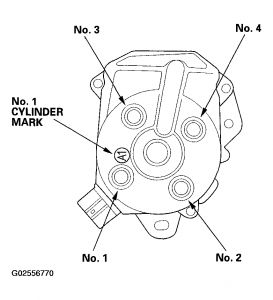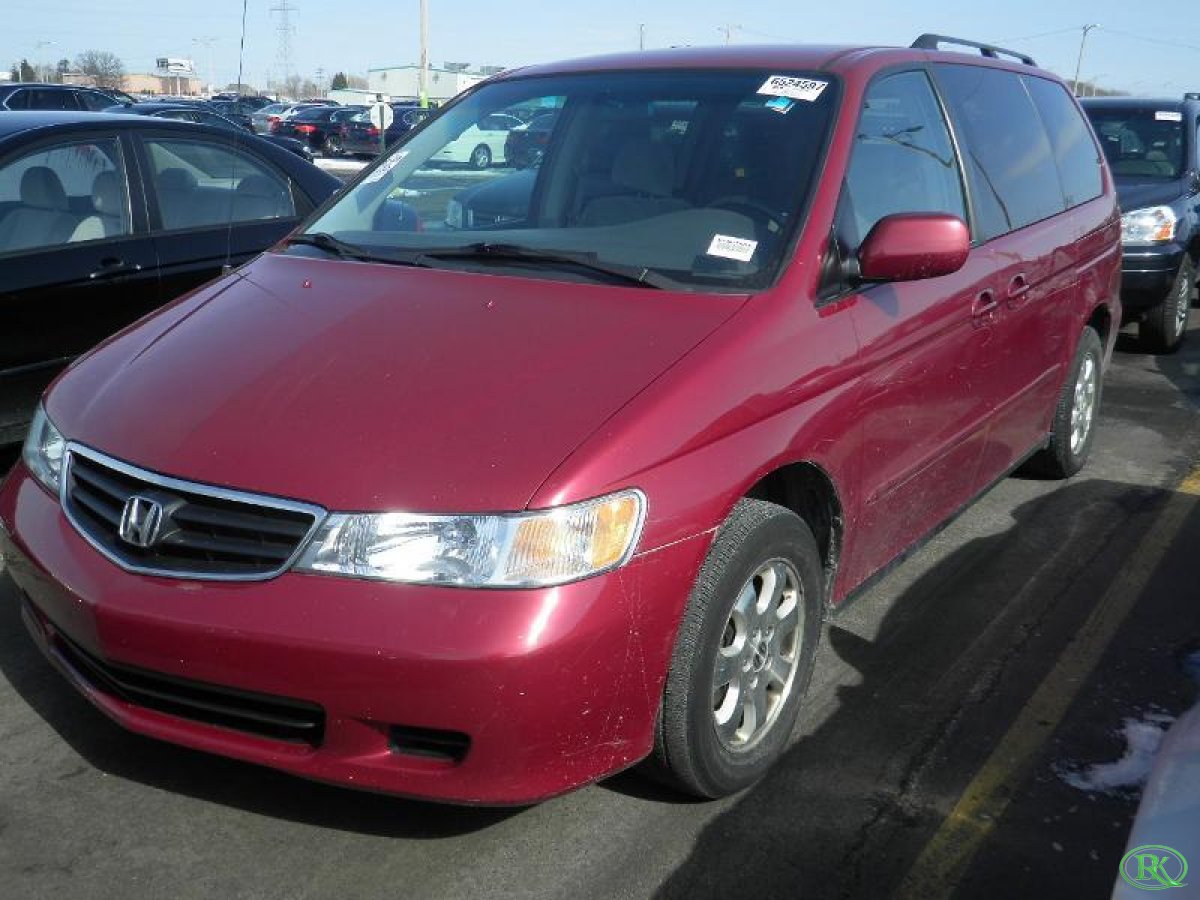

Gears slipping can also cause unexpected deceleration. When the gears slip, the tires feel as if they are spinning on ice and feel like they are losing traction. The first sign that a car has a bad torque converter is that the transmission’s gears slip while driving.
P1399 HONDA ODYSSEY 2003 DRIVERS
Honda Odyssey drivers have reported widespread issues associated with defective torque converters. Symptoms of a faulty torque converter are often mistaken for transmission failure as they are similar. The converter is bolted securely to a crankshaft-rotated flex plate and mounted between the engine and the transmission. Torque Converter ProblemsĪ torque converter directs torque from the engine to the transmission system.

Take the vehicle for a thorough diagnostic test to identify the damaged parts that need replacements. Bad fuel injectors or slipping timing belt could be at fault too. Leaking internal manifold gasket or head gasket can also contribute to engine misfires.
P1399 HONDA ODYSSEY 2003 CRACKED
Worn camshaft lobes, broken piston rings, leaky valves, and cracked cylinder walls are potential causes of misfires. You can purchase these parts at any auto shop, but prices may vary.ĭamaged engine parts can lead to misfires. Lean air-fuel mixtures are often caused by faulty fuel pressure regulators, bad fuel pumps, or clogged fuel filter.

This can cause the engine to misfire, especially when the car is idling. A lean mixture has more air than fuel (imbalanced air-fuel ratio). You can service faulty coil packs and distribution caps at the repair shop at affordable rates.Ī major cause of engine misfires is a “lean mixture” in the internal combustion chamber. You can buy spark plugs and ignition wires at auto parts shop. If parts such as the ignition coil, ignition cables, or distribution caps are worn out, the air-fuel mixture won’t ignite, causing the engine to misfire.Ĭheck the car’s internal system to see which part is worn and in need of replacement. For example, the spark plug may create weak sparks, which causes the air-fuel mixture not to ignite. The engine misfire could result from damaged parts of the ignition system. Other users have reported cases of their engines switching off mid-transit, causing the car to stall without warning. Owners have reported cases of their Odysseys going into limp mode (the engine does not rev up past 3500 rpm), often causing near-collisions.Ī particular user on described how his car’s engine misfired when he was on the freeway.Īccording to him, the vehicle lost power, and when he tried accelerating, he could not go past 10mph. Read more about why your vehicle may not accelerate properly at high speed. Imbalanced mixtures can make the vehicle lose power or stop completely. These vibrations are noticeable and often occur during acceleration or when the vehicle is idling.Įngine misfires cause oxygen sensors to generate imbalanced air-gasoline mixtures. When one cylinder does not fire properly, the engine may lose balance, causing heavy vibrations in the car. Owners have reported cases of wild shaking, especially when driving at higher speeds.Ĭar makers often balance their vehicle engines from the factory to ensure minimal engine vibration. When the misfire occurs, the engine will run roughly, causing the car to shake or jerk massively. Multiple owners of the Honda Odyssey had complained of various problems when the engine misfired. An engine misfire occurs when you start the ignition, and the air-gasoline mixture in one cylinder does not ignite. One of the most common problems associated with engines is “misfiring.”Ī complete engine cycle comprises intake, compression, ignition, and exhaust. General Pros and Cons for the Honda OdysseyĪlso, check the best and worst Honda Odyssey years.


 0 kommentar(er)
0 kommentar(er)
